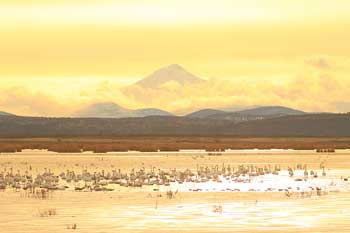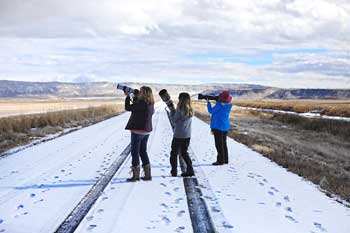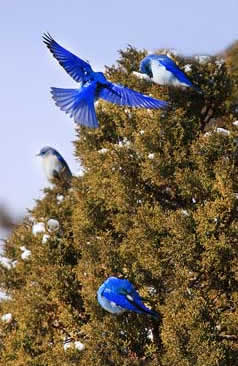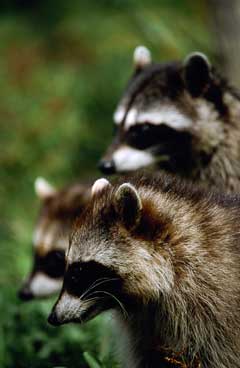| |
| |
Nation's First Waterfowl Refuge, Lower Klamath and First Cousin Tule Lake National Wildlife Refuge: Explorations During Times of Covid |
|
| |
Story and photos by Larry Turner |
|
Within 15 miles of my Oregon home are two world-class wildlife refuges, including the first waterfowl refuge in America’s history: Lower Klamath National Wildlife Refuge, established by the Teddy Roosevelt administration in 1908. Tule Lake National Wildlife Refuge is due east of Lower Klamath, across Sheepy Ridge. It was established in 1928 during the Calvin Coolidge presidency. Both refuges are devoted to preserving habitat for birds and other wildlife. The two refuges represent the heart of the Pacific Flyway ... a major stopover for migratory birds during autumn and spring. Some species live here year-round. Other bird species, such as the white pelican, sandhill crane, white-faced ibis and a plethora of shorebirds, arrive for the breeding, nesting, hatching and early rearing season.
| |
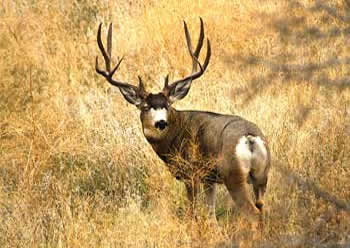 |
|
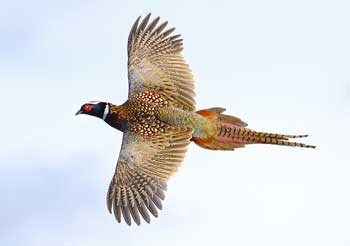 |
|
| |
|
|
|
|
|
| |
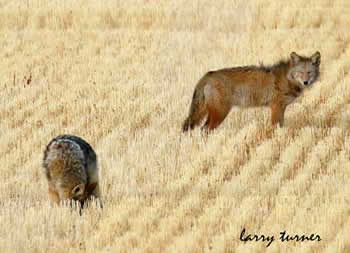 |
|
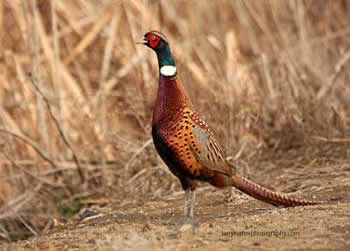 |
|
| |
|
|
|
|
|
In the winter and spring months when I am home and not on a skiing or travel journey, several times during the week I travel to the refuges to hike, drive and photograph ... even more-so during times of covid as I’m not traveling as much and this is an ultimate social distancing activity. Tule Lake National Wildlife Refuge is just eight miles south of my home. More often than not, I have it practically all to myself. March and April are great times to visit as both refuges are lively with a variety of birdlife. Also, I have a chance to view a variety of mammals, including deer, western bobcat, river otters, coyotes, raccoon, pronghorn antelope and on rare occasions, mountain lion. Lower Klamath NWR straddles the California-Oregon border and Tule Lake NWR is entirely in California. Lower Klamath has National Historic Landmark status. These two refuges are part of the Klamath Basin National Wildlife Refuge Complex.
| |
 |
|
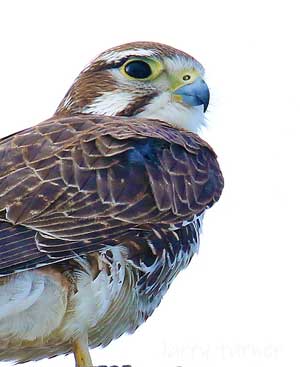 |
|
| |
|
|
|
|
|
These two refuges offer some exciting and dramatic views of regal Mount Shasta. Often, I use the scene as a backdrop when photographing large or small groups of birds. The skies are pulsating with spring and autumn wing-beats, as several million birds pass through, stop to rest, and forage on their migratory journeys. In spring, the migratory birds are headed to Canada and Alaska for the breeding and nesting summer season. In autumn, they journey south to warmer climates, including California, Mexico and beyond. The two refuges provide a haven for resting and feeding. In parts of both refuges, croplands are leased to local farmers who raise a variety of crops, including grain. What is left behind in the fields, the birds feed on.
| |
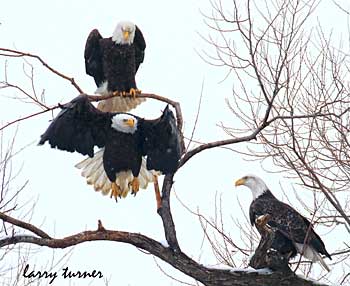 |
|
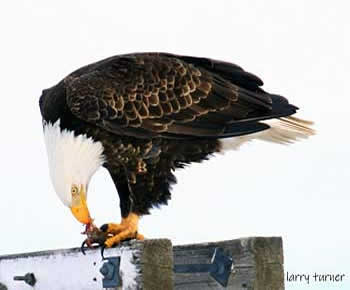 |
|
| |
|
|
|
|
| |
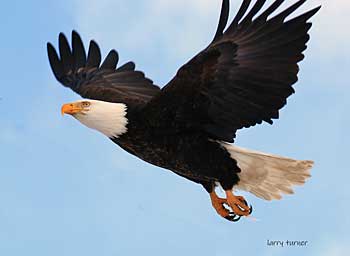 |
|
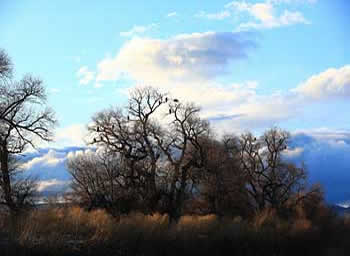 |
|
| |
|
|
|
|
| |
 |
|
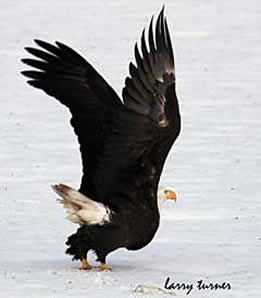 |
|
| |
|
|
|
|
| |
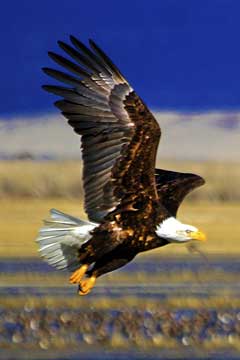 |
|
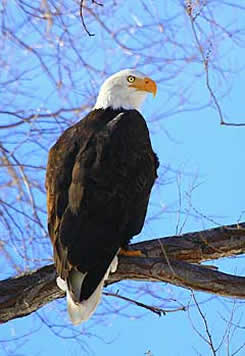 |
|
| |
|
|
|
|
LARGEST BALD EAGLE POPULATION IN LOWER 48 IN WINTER/SPRING
The largest winter population of bald eagles in the Lower 48 States exists within the Refuge Complex. It is not unusual to count 40-50 balds from many different locations. They hang out to feast on dead and dying waterfowl, especially ducks, geese and swans. Rarely do you see them take a live one as they expend less energy feasting on the dead. They do take live rodents which are especially abundant in the leaseland fields. The bald eagle trees just off the Stateline Road in Lower Klamath is a prime and well-known location for viewing and photographing. Special tall poles have been strategically placed in the Complex for eagles and raptors where they can rest, view and then swoop down to consume. The eagles are so accustomed to vehicles that you often can drive right up to the poles and study them up close.
In 1978, Bear Valley National Wildlife Refuge was established to protect roosting and nesting bald eagles. The 4,200 acre area is a pine/fir old-growth forest where several hundred bald eagles roost from winter through March. It is off limits to the public, but the public can view the eagles leaving and arriving, via a parking area just off Highway 97 (https://explore.globalcreations.com/ideas/klamath-basin-bald-eagles/); (www.klamathaudubon.org/basin-birds) south of Klamath Falls, Oregon.
| |
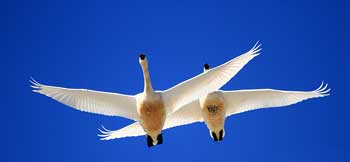 |
|
 |
|
| |
|
|
|
|
|
| |
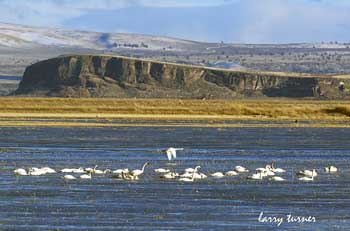 |
|
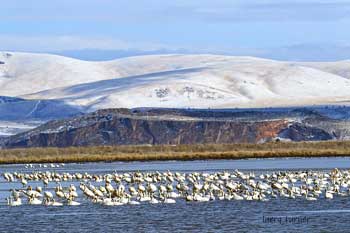 |
|
| |
|
|
|
|
|
| |
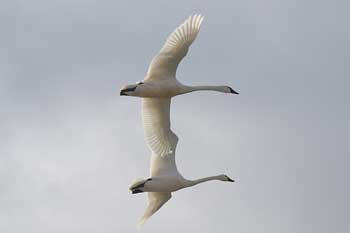 |
|
 |
|
| |
|
|
|
|
|
| |
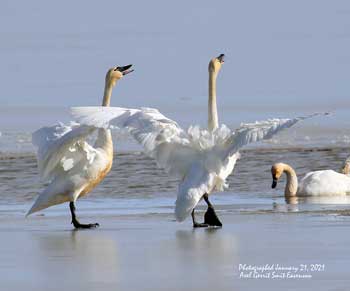 |
|
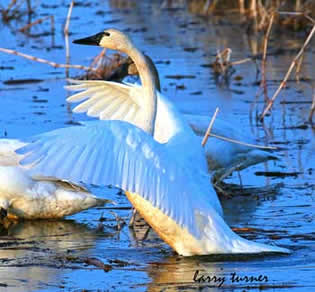 |
|
| |
|
|
|
|
|
| |
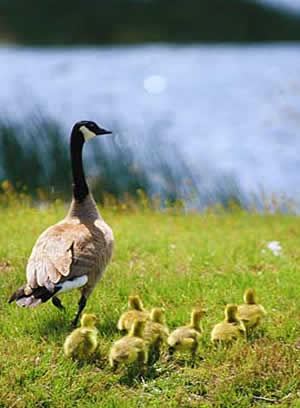 |
|
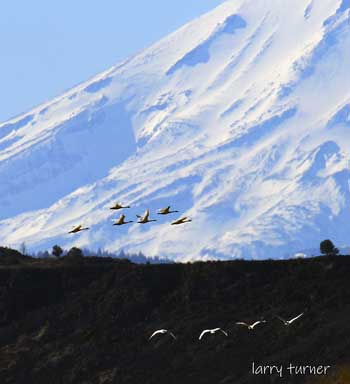 |
|
| |
|
|
|
|
|
| |
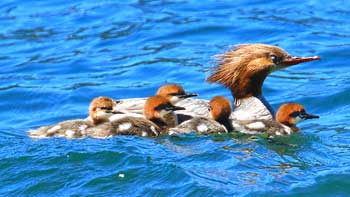 |
|
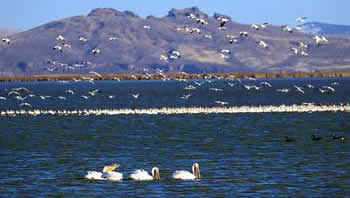 |
|
| |
|
|
|
|
|
| |
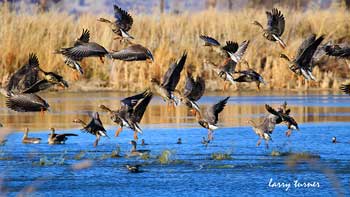 |
|
 |
|
| |
|
|
|
|
|
| |
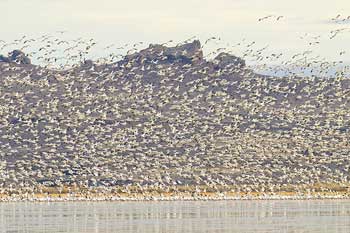 |
|
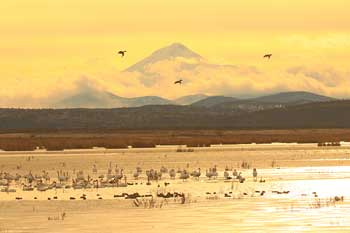 |
|
| |
|
|
|
|
|
| |
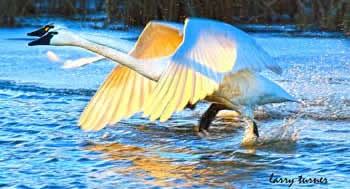 |
|
 |
|
| |
|
|
|
|
|
GEESE, SWANS, DUCKS
The two refuges are known worldwide for their large populations of snow geese, Ross’s geese, white-fronted geese, Canada geese, Tundra Swans and a large variety of ducks, including pintails, gadwalls, mallards, northern shovelers, canvasbacks, western grebes (the ones that have the famous ‘nuptial’ dance on water), widgeons, and mergansers. An unforgettable sight are white clouds of snow geese as they arrive, spend time, then exit the refuges. As a kid I remember the sun being temporarily blocked out on many occasions as thousands of geese would fly above our Oregon home. Unfortunately, their numbers have declined over the years, resulting from many human factors such as the destruction of habitat.
The first western grebes arrive in March and continue on until autumn. Both refuges and nearby Klamath Lake have robust populations of this unique bird that has an unforgettable water dance which draws photographers and bird watchers throughout the world. Mating and mated pairs perform this unique courtship water ballet side-by-side as they rapidly skim upright across the water, utilizing swift wing beats and large feet that slap the water's surface.
It is well worth a drive to the Klamath Basin in late winter and early spring as the fields, marshes, wetlands, highlands and lowlands are filled with the sounds of bird music.
| |
 |
|
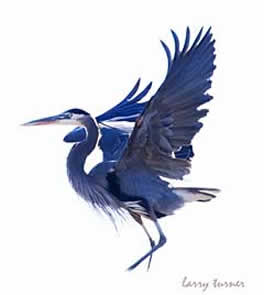 |
|
| |
|
|
|
|
|
| |
 |
|
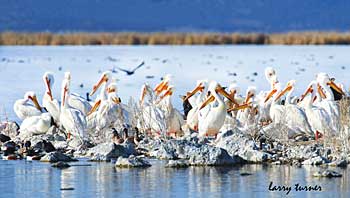 |
|
| |
|
|
|
|
|
| |
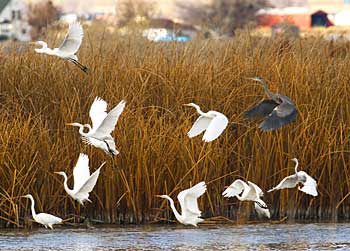 |
|
 |
|
| |
|
|
|
|
|
| |
 |
|
 |
|
| |
|
|
|
|
|
| |
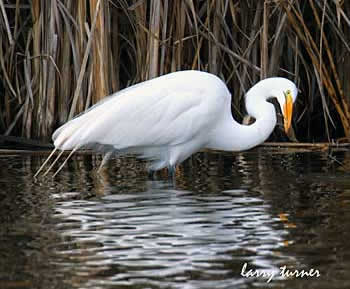 |
|
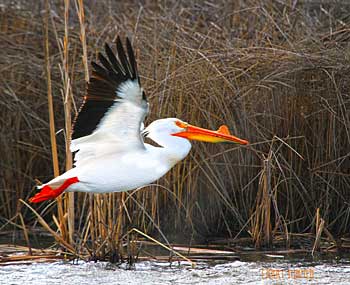 |
|
| |
|
|
|
|
|
| |
 |
|
 |
|
| |
|
|
|
|
|
| |
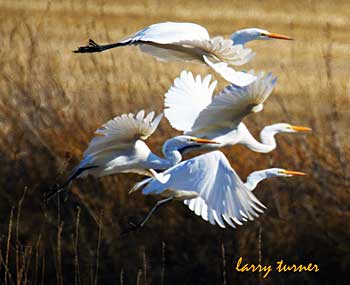 |
|
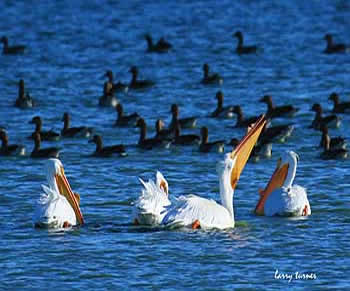 |
|
| |
|
|
|
|
|
SANDHILL CRANES, WHITE PELICANS, SHOREBIRDS
Sandhill cranes and white pelicans arrive at the Refuge Complex in late February, early March. In late February, I photographed the first white pelicans of the new year. The Refuge Complex is a major nesting area for white pelicans. It is a joy to watch and study their large bodies and bright orange beaks. They feed like baleen whales, paddling on the water’s surface with beaks wide open, stopping occasionally to rear up their heads and beaks, swallowing fish, insects and crustaceans. Sandhill cranes are a prehistoric-looking bird with fossil records dating back millions of years. At five feet tall, they have one of the most fascinating mating dances ... an awkward but beautiful choreography as the male and female (they mate for life) bounce up, down and around as though they were in a wild fencing match. Look in the more isolated areas of the Refuge Complex to find them, as they are very solitary birds. A variety of shorebirds arrives at Lower Klamath and Tule Lake in March, and stay until autumn. A great place to view avocets and black-legged stilts is the Stateline Road (on both Oregon and California sides) at Lower Klamath. The unique white-faced ibis can be viewed in large numbers at both refuges. Throughout the year, one can view large numbers of great blue herons and great egrets at both refuges. The populations are more abundant at Tule Lake, especially in the winter and spring.
If you are planning a trip to the Klamath/Tule Lake Basin, the nearest airport is Medford, Oregon, 100 miles distant. If traveling by vehicle, Highways 97, 140 and 139 access the area. For lodging, I highly recommend the historic Winema Lodge near the shores of Tule Lake NWR.
For more information:
https://www.fws.gov/refuge/lower_klamath/
https://en.wikipedia.org/wiki/Lower_Klamath_National_Wildlife_Refuge
https://www.fws.gov/refuge/tule_lake/
https://en.wikipedia.org/wiki/Tule_Lake_National_Wildlife_Refuge
https://www.facebook.com/KlamathBasinRefuges/
| |
Larry Turner is a productive, respected regional, national and international photographer/writer. His work has appeared in countless magazines and books, including Browntrout and Avalanche Publishers' calendars and books, American Heritage, National Geographic Traveler, Travel and Leisure, Sunset and many others. He is the co-author of the book Mount Shasta Reflections, and his photographs have appeared on covers of many books and magazines. He is an active skier, gardener, fly fisherman, and adventurer. His greatest love is spending time with his son Steen, Chef de Cuisine of the Cafe Kandahar in Whitefish, Montana. |
|
 |
|
|
|

